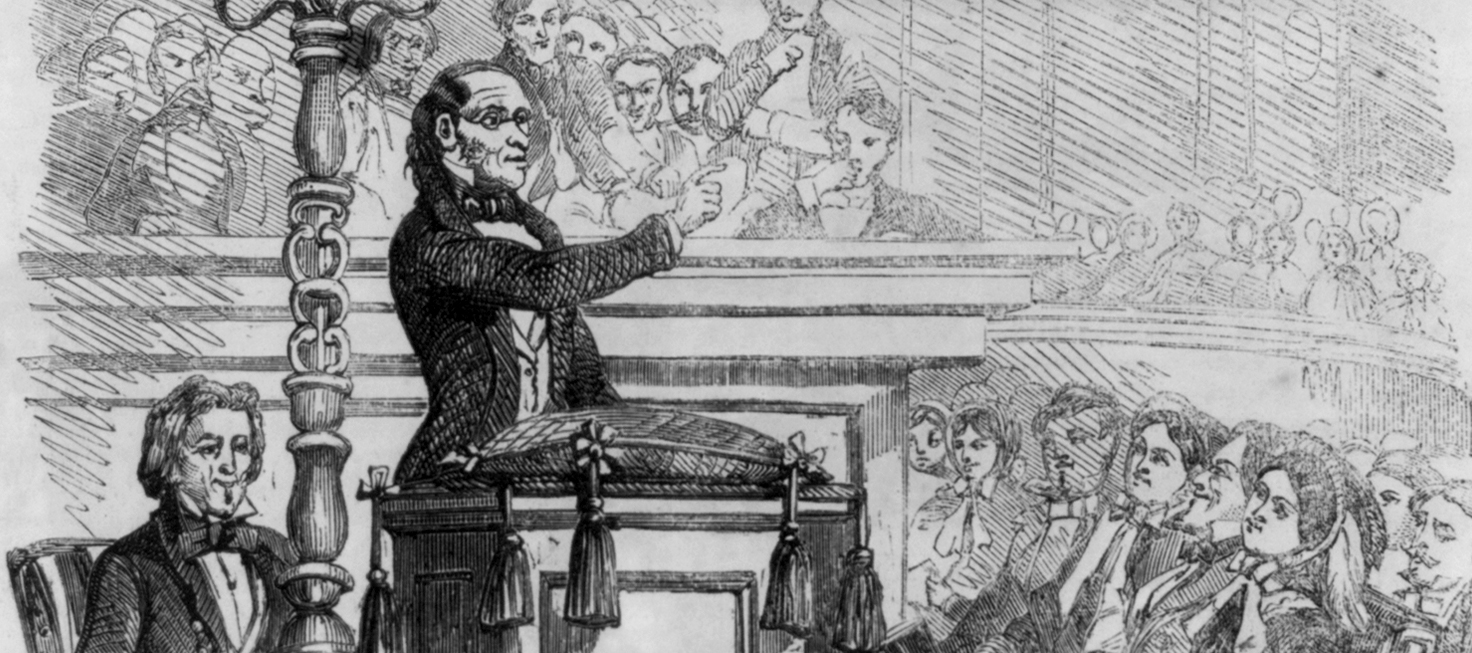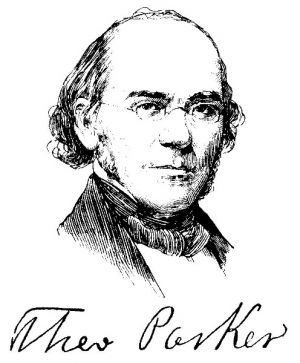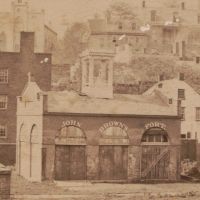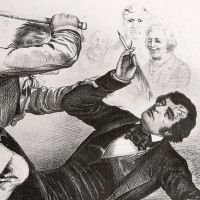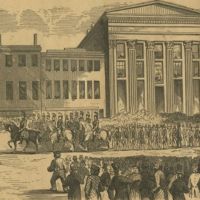Primary Source
Theodore Parker prepared a defense against the charge that he incited an abolitionist riot.
. . . Gentlemen, when the kidnappers [fugitive slave catchers] came to Boston [and] were seeking to kidnap the Crafts, I took Ellen to my own house, and kept her there so long as the (Southern) kidnappers remained in the city. For the first time I armed myself, and put my house in a state of defense. For two weeks I wrote my sermons with a sword in the open drawer under my inkstand, and a pistol in the flap of the desk, loaded, ready, with a cap on the nipple…. "A process was in the hands of the [federal] marshal... 'in the execution of which, he might be called upon to break open dwelling-houses, and perhaps to take life, by quelling resistance actual or 'threatened.'" I was ready for him. I knew my rights.
After the immediate danger was over … William and Ellen must needs flee from America. Long made one by the wedlock of a mutual and plighted faith, their marriage in Georgia was yet "null and void" by the laws of that "Christian State." I married them according to the law of Massachusetts. As a symbol of the husband's peculiar responsibility under such circumstances, I gave William a Sword … and told him of his manly duty therewith, if need were, to defend the life and liberty of Ellen. I gave them both a Bible, which I had bought for the purpose, to be a symbol of their spiritual culture and a help for their souls, as the sword was for their bodily life. "With this sword I thee wed," suited the circumstance of that bridal.
The Trial of Theodore Parker, for the "Misdemeanor" of a speech in Faneuil hall against Kidnapping, before the Circuit court of the United States at Boston, April 3, 1855, with the Defense, by Theodore Parker (n.p., 1855)


